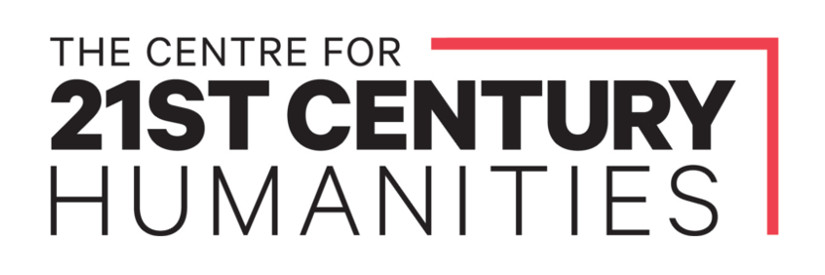| Narrative | According to Jan Critchett (1990, p 127) and Ian Clark (1995, p 145), in February 1840, the five Whyte brothers occupied Koonongwootong station on Koroit Creek, 6.5 kilometres north of present day Coleraine. On 8 March they gathered a party of nine men armed with double-barrelled guns, comprising the five Whyte brothers on horseback and four convict shepherds on foot, including Daniel Turner, William Gillespie and Benjamin Turner, and 'hunted down' the Aborigines in the area, killing at least 40 of them on the grounds that some 'had made off with 127 sheep'. According to Clark (1995, p 145) 'The massacre took place at the Hummocks,…a unique rocky outcrop dissected by a narrow gorge of the Wando River and became known as Fighting Hills'.
Assistant Protector Sievwright was 9.5 kilometres from the scene and quickly heard about the massacre from Aboriginal survivors who told him that 41 of their clan had been killed (Orton Papers, 12 January 1841). According to Clark, realising that the massacre could not be covered up, John Whyte, the youngest of the five brothers, decided to ride to Melbourne and make a personal report to Superintendent La Trobe (Clark, 1995, pp 145, 147). En route, on 23 March, he called in at Glenormiston Station near Terang and told squatter Niel Black his version of the events. According to Black, Whyte said that 25 Aborigines had been killed (Journal of Niel Black 1840 in Clark 1995, pp147-148).
In April 1840, 'the sole Aboriginal survivor of the massacre, Long Yarra or "Lanky Bill", was killed by George MacNamara, one of Francis Henty's hut keepers at Merino Downs' (Clark, 1995, p 146).
When Sievwright, arrived at the Whytes' station in May 1840 to take depositions from the attackers, according to missionary Joseph Orton, he was surprised to find that the Whyte brothers and their shepherds freely admitted what had happened and that there was little variation in their accounts of the slaughter, except in their estimates of the number killed – between 30 and 80 (Orton Papers 12 January 1841, ML A 1715).
In June 1841, the Reverend Joseph Orton examined the depositions of the Whyte brothers and summarised the course of events. He said that the men stayed up late the night before, preparing cartridges for their double-barrelled guns and ' [e]arly the next morning they followed the tracks of the sheep to some low hills covered with tea-tree about ten kilometres away. They tied up their horses, and crept slowly into the trees. Hearing Aboriginal voices, they crawled up to the edge of the clearing on the edge of the creek, where a meal of mutton was being prepared by a large group of [Bungandtji speakers]. As the white men moved to surround the camp, they were spotted. The women and children fled as the men rushed to grab their weapons. A spear was thrown and the men started firing. Daniel Turner was speared through the thigh, and one of the Whytes received an accidental gun-shot wound on the cheek, prompting the other gunmen to become "savage to desperation"'. According to the Whyte brothers' statements, the [Bunganditji ] tried valiantly to withstand the onslaught, one of them being shot nine times before he finally fell. Dozens more spears were thrown in what the Whyte brothers later described as lasting more than an hour, but none hit their targets' (Reverend Joseph Orton, 12 January 1841, ML A1715).
In Melbourne, the Crown Prosecutor, James Croke, after examining the depositions of Daniel Turner, William Gillespie and Benjamin Wardle, considered that the Aborigines appeared to have been the aggressors in originally stealing the sheep and that William Whyte had killed two Aborigines only after a spear was thrown at him and John Whyte 'stated that no less than 200 spears were thrown and not less than 30 Aborigines were killed' (Whyte cited in Clark 1995, p. 149). Croke concluded that he could not accept the perpetrators' depositions on the grounds that they were self-incriminating and that in the absence of independent witnesses, he could not charge the men with anything (Croke cited in Clark 1995, p 149).
In 1853, squatter George Robertson, who moved into the area three days after the massacre, stated that 51 Aborigines were killed. 'They watched an opportunity, and cut off 50 sheep from Whyte Brothers' flocks, which were soon missed, and the natives followed; they had taken shelter in an open plain with a long clump of tea-tree, which the Whyte Brothers' party, seven in number, surrounded, and shot them all but one. Fifty one men were killed, and the bones of the men and sheep lay mingled together bleaching in the sun at the Fighting Hills.' (Robertson to La Trobe, 26 September 1853 in Bride, 1893, pp 30 - 31) |

